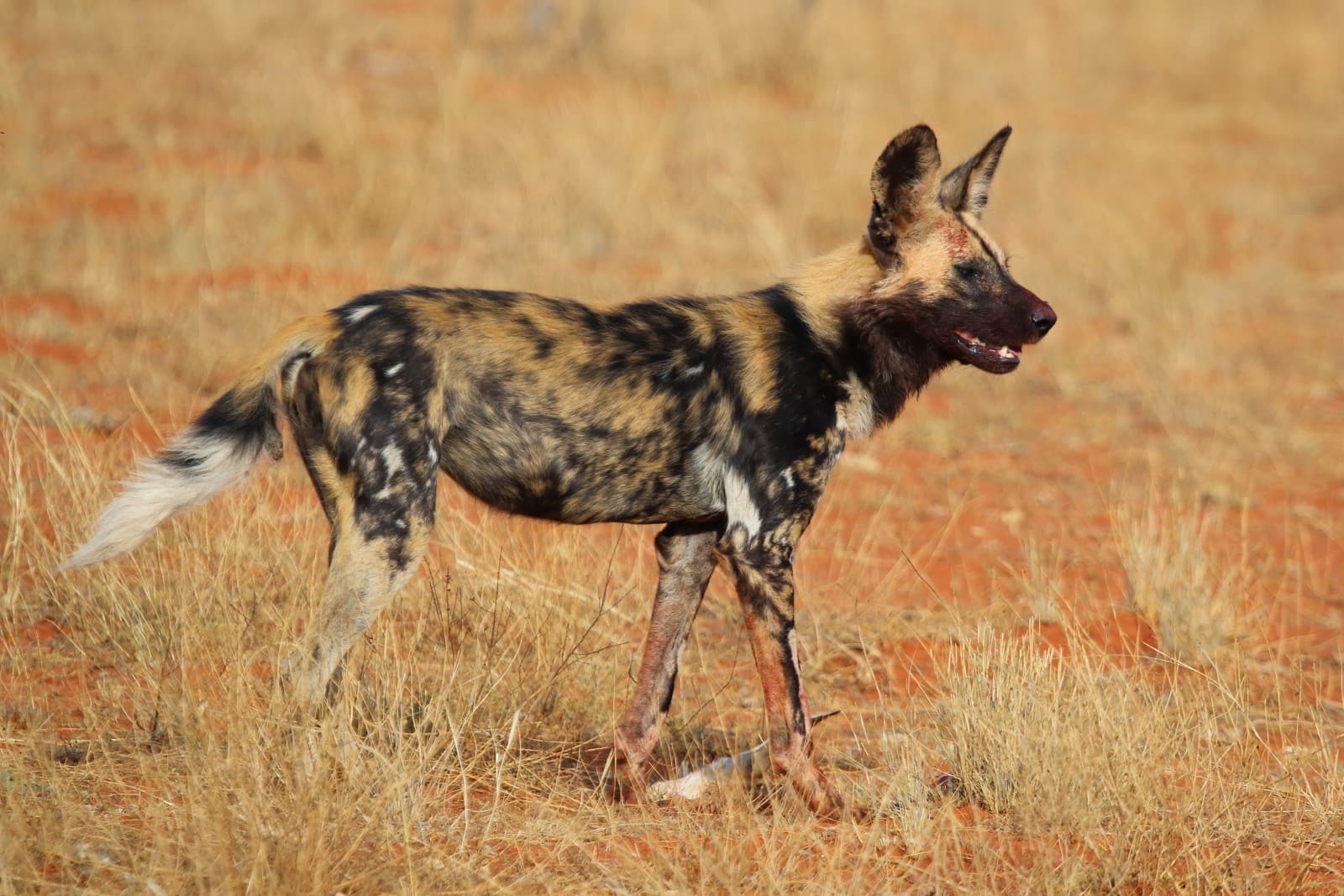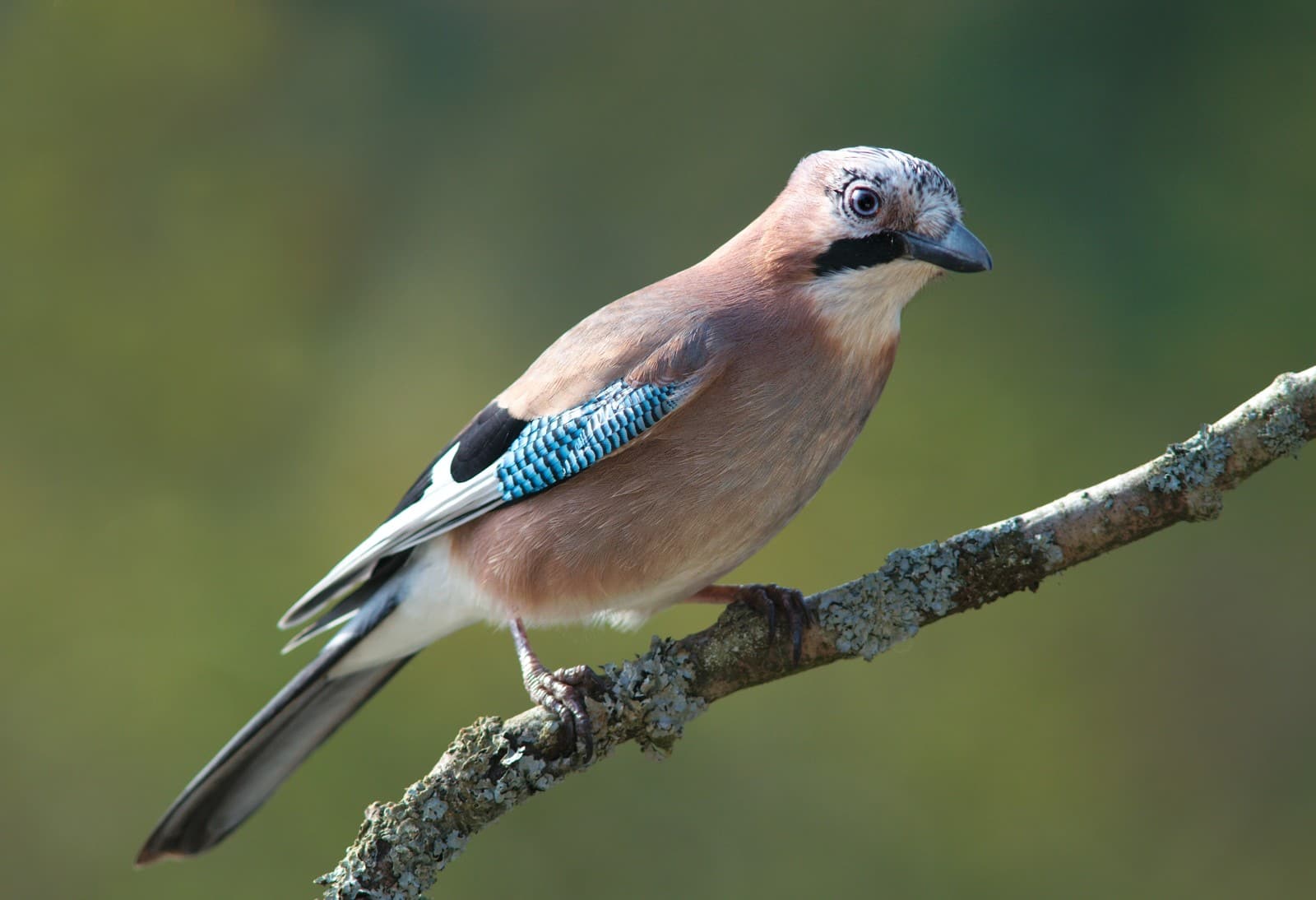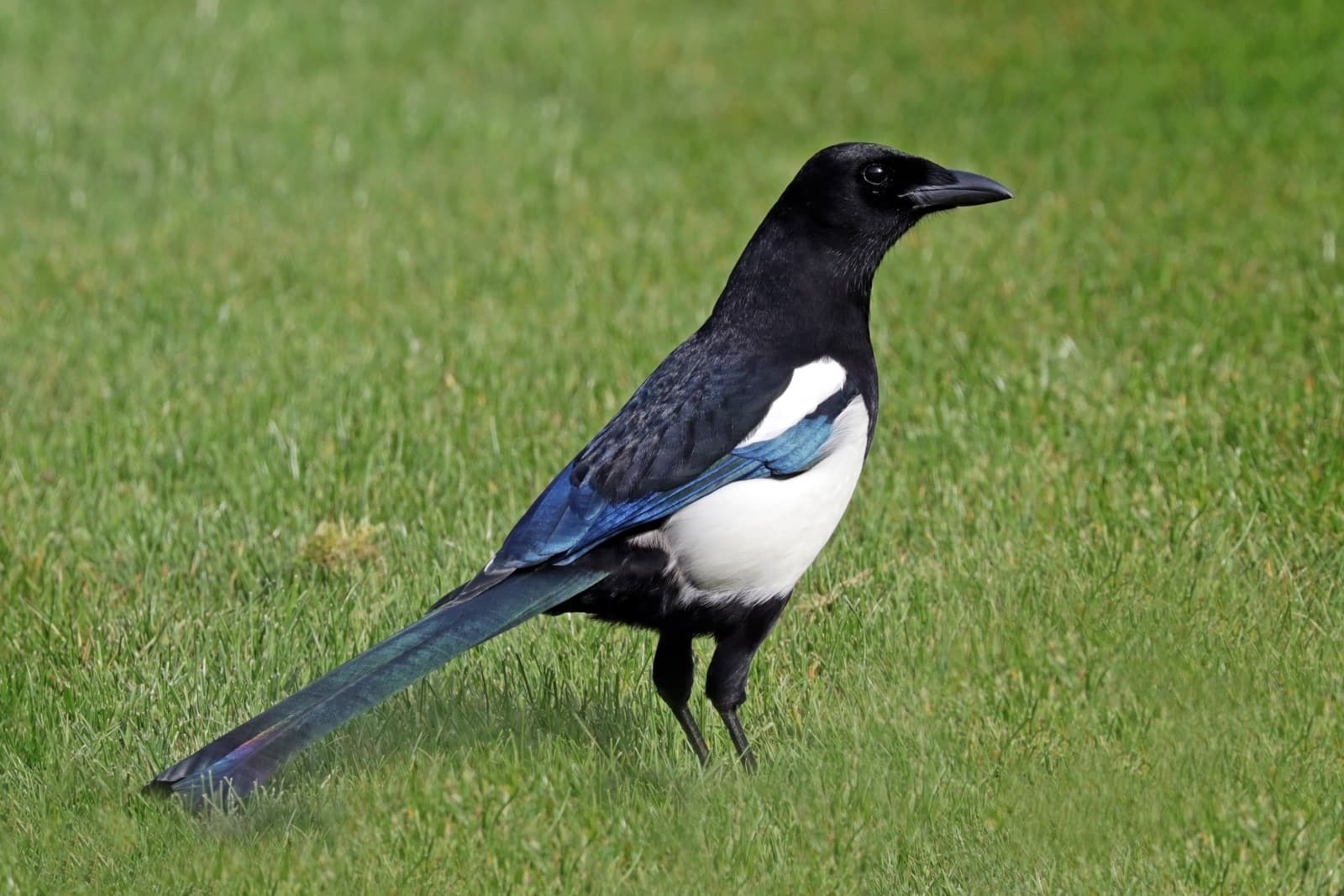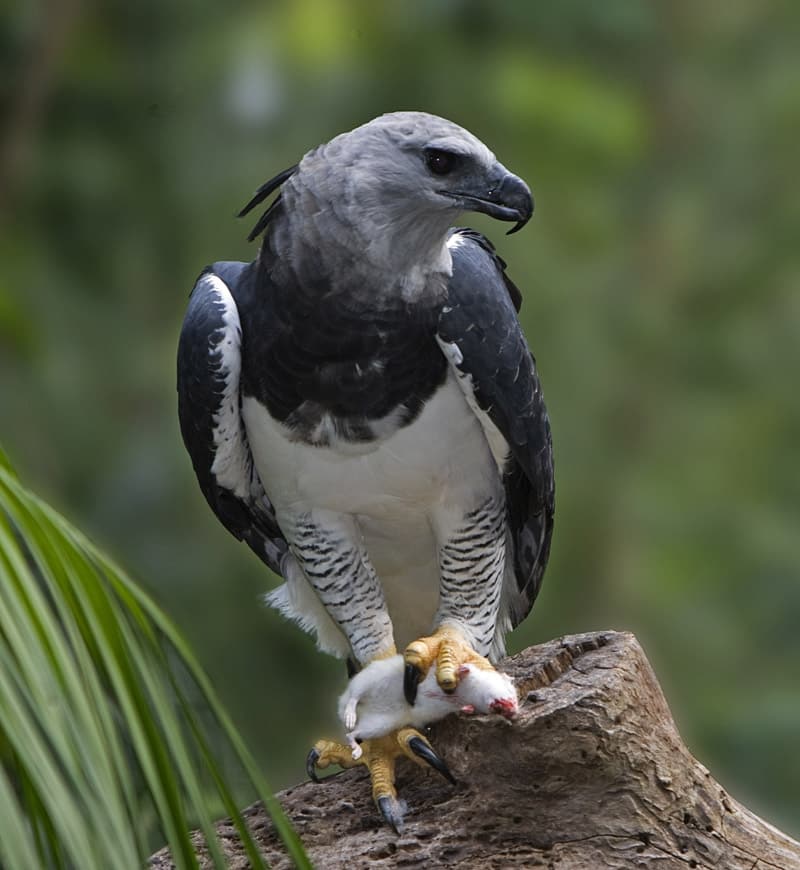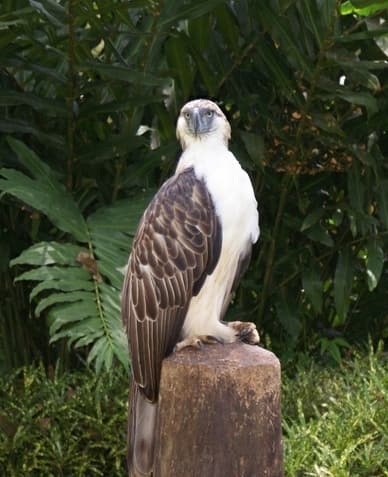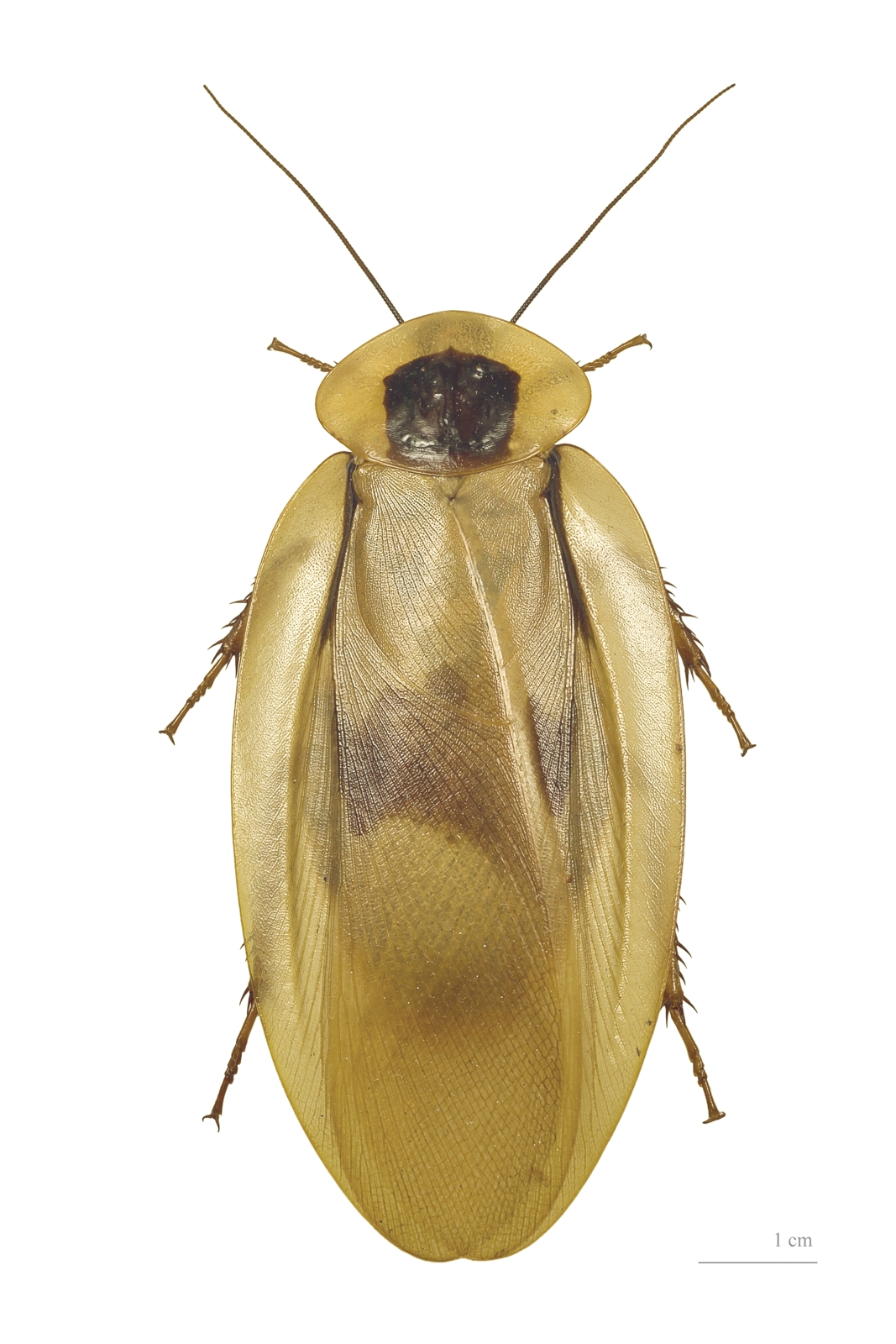Ibis vs Spoonbill: A Complete Comparison
While both Ibis and Spoonbill belong to the order Pelecaniformes and share wetland habitats, these distinctive wading birds exhibit remarkable differences in their physical characteristics and feeding strategies. The most obvious distinction between Ibis vs Spoonbill lies in their bill shape: Ibises possess a long, curved bill averaging 6.7 inches (17 cm), while Spoonbills feature a unique spatula-shaped bill spanning 7.9 inches (20 cm).
These specialized bills reflect millions of years of evolution, adapting each species for different feeding niches within the same ecosystem. Spoonbills sweep their distinctive flat bills through shallow water to catch prey, while Ibises probe deep into mud with their curved beaks, demonstrating how similar species can develop vastly different survival strategies.
Visual Comparison
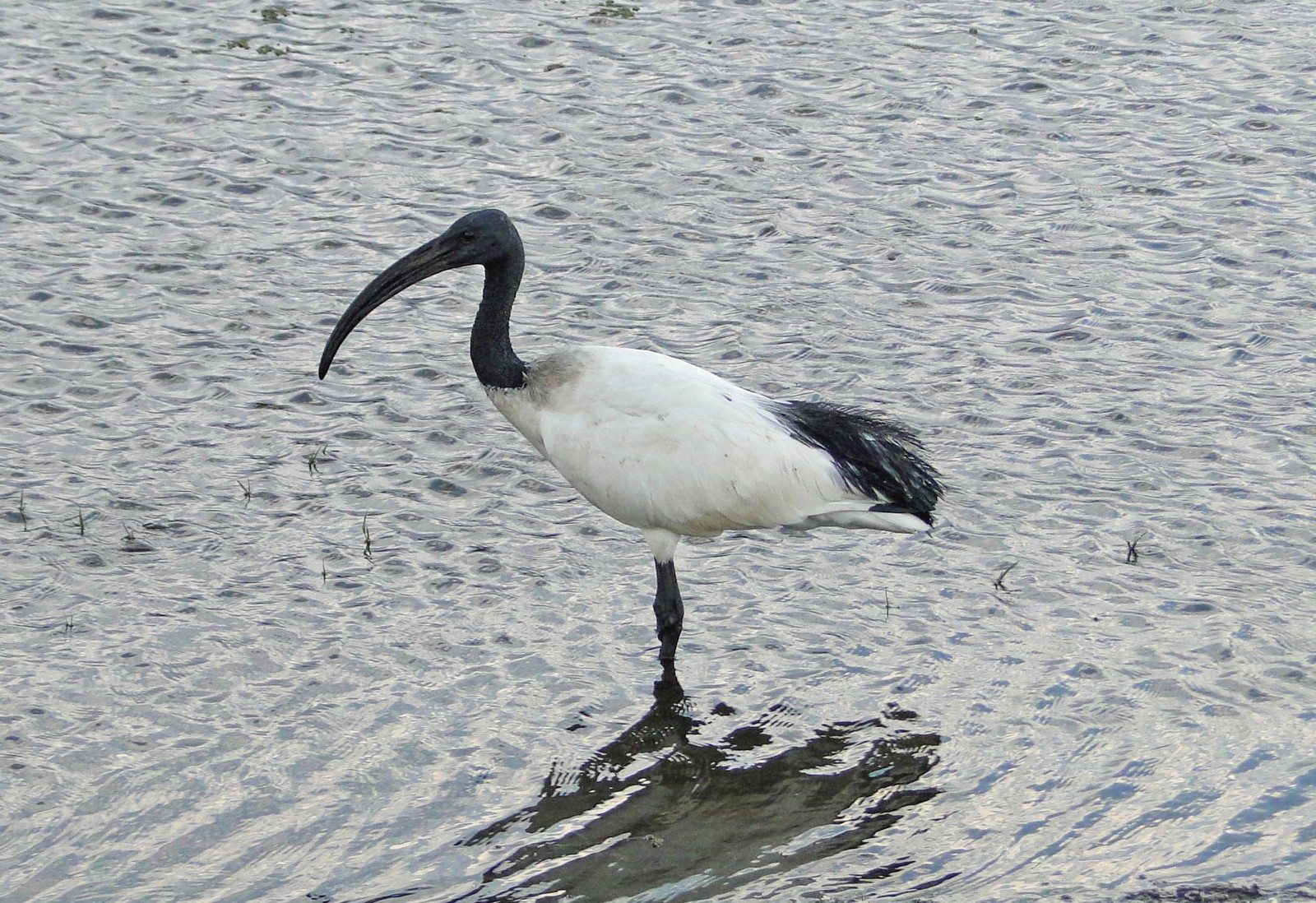
© Bernard Gagnon / CC BY-SA 3.0
The Australian White Ibis demonstrates the characteristic curved bill that defines all ibis species, perfectly adapted for probing mudflats and shallow waters for invertebrates and small prey.
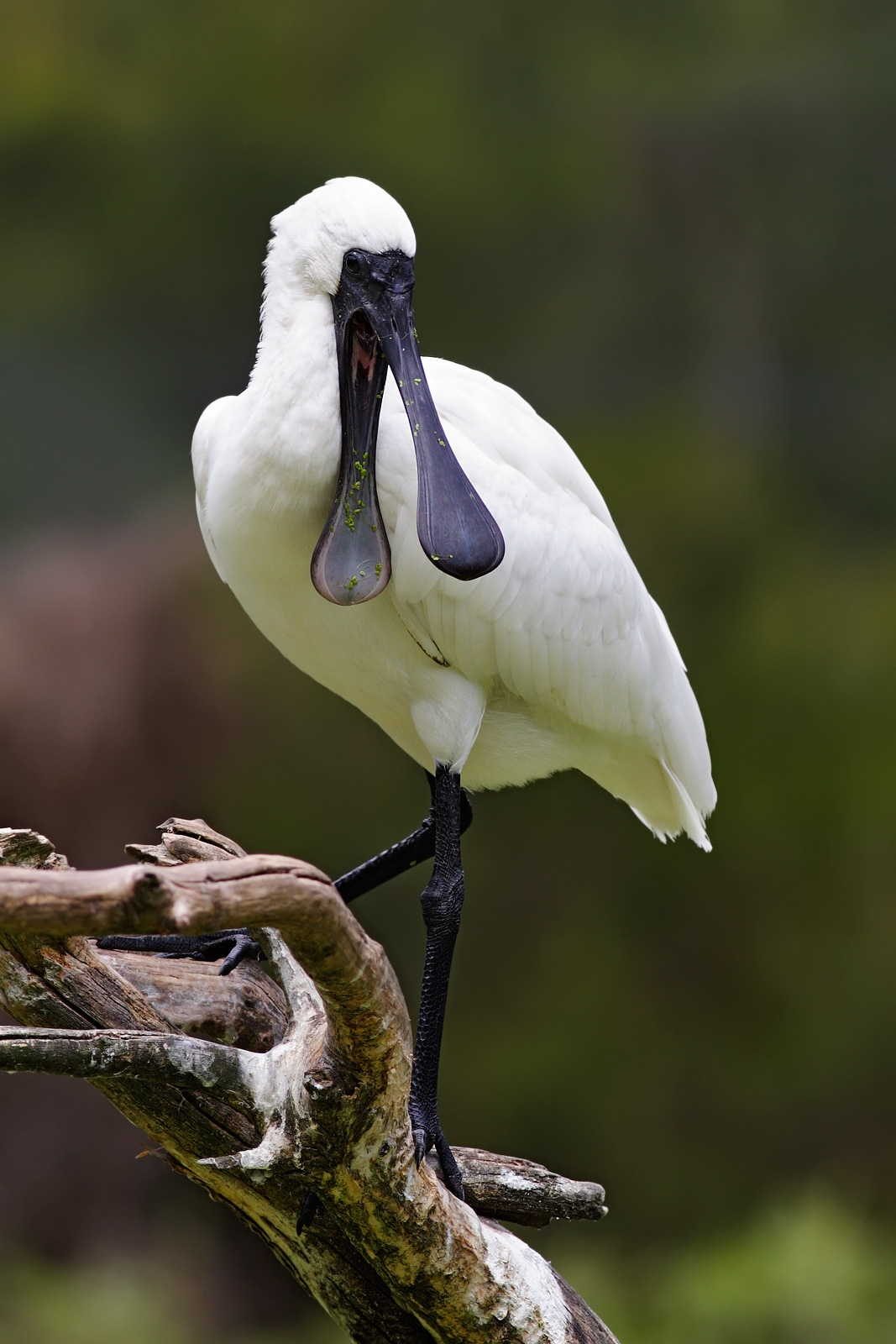
© fir0002 flagstaffotos [at] gmail.com Canon 20D + Canon 400mm f/5.6 L / GFDL 1.2
The Royal Spoonbill showcases the distinctive spatula-shaped bill that gives these birds their common name, essential for their unique sideways feeding technique.
Key Differences: Ibis vs Spoonbill
| Feature | Ibis | Spoonbill |
|---|---|---|
| Bill Shape | Long, downward-curved | Flat, spatula-shaped |
| Size | 22-30 inches (56-76 cm) | 28-34 inches (71-86 cm) |
| Weight | 1.3-4.4 lbs (0.6-2 kg) | 3.3-4.4 lbs (1.5-2 kg) |
| Feeding Method | Probing and pecking | Side-to-side sweeping |
| Diet | Insects, crustaceans, small fish | Fish, amphibians, aquatic insects |
| Habitat Range | Worldwide distribution | More limited, mainly tropical/subtropical |
Feeding Behavior and Adaptations
The distinct bill shapes of Ibis vs Spoonbill reflect their specialized feeding strategies. Ibises use their curved bills like precision tools, probing deep into mud or soil to extract invertebrates. Their bills contain sensitive nerve endings that help detect prey through touch alone.
Spoonbills employ a different technique, sweeping their distinctive spatula-shaped bills from side to side through shallow water. When their bills detect prey, they snap shut with remarkable speed, aided by specialized touch receptors in the bill’s tip.
Habitat and Distribution
While both species frequent wetland environments, their specific habitat preferences differ notably. Ibises show remarkable adaptability, with species found across six continents in habitats ranging from marshlands to urban areas. Spoonbills maintain a more restricted distribution, primarily inhabiting tropical and subtropical regions with specific water depth requirements for their unique feeding method.
Conservation Status and Threats
Both Ibis and Spoonbill populations face similar conservation challenges, primarily habitat loss due to wetland drainage and urban development. However, some Ibis species have adapted successfully to urban environments, while Spoonbills remain more dependent on pristine wetland habitats for survival.
Which Bird Would Win in a Confrontation?
While direct confrontations between Ibis and Spoonbill are rare, their physical characteristics suggest different advantages. Spoonbills generally possess size advantage, averaging 6 inches (15 cm) taller than most Ibis species. However, Ibises often demonstrate more aggressive territorial behavior and greater adaptability to various environments, giving them an edge in competitive situations.
Breeding and Social Behavior
Both species typically nest in colonies, but their breeding strategies differ:
- Ibis colonies often contain thousands of pairs
- Spoonbills form smaller, more exclusive breeding groups
- Ibises construct more basic nests compared to Spoonbills’ elaborate structures
- Both species show strong pair bonding during breeding season
Understanding these distinctions between Ibis vs Spoonbill helps appreciate how similar species evolve different strategies for survival in shared ecosystems, demonstrating nature’s remarkable adaptability and diversity.

